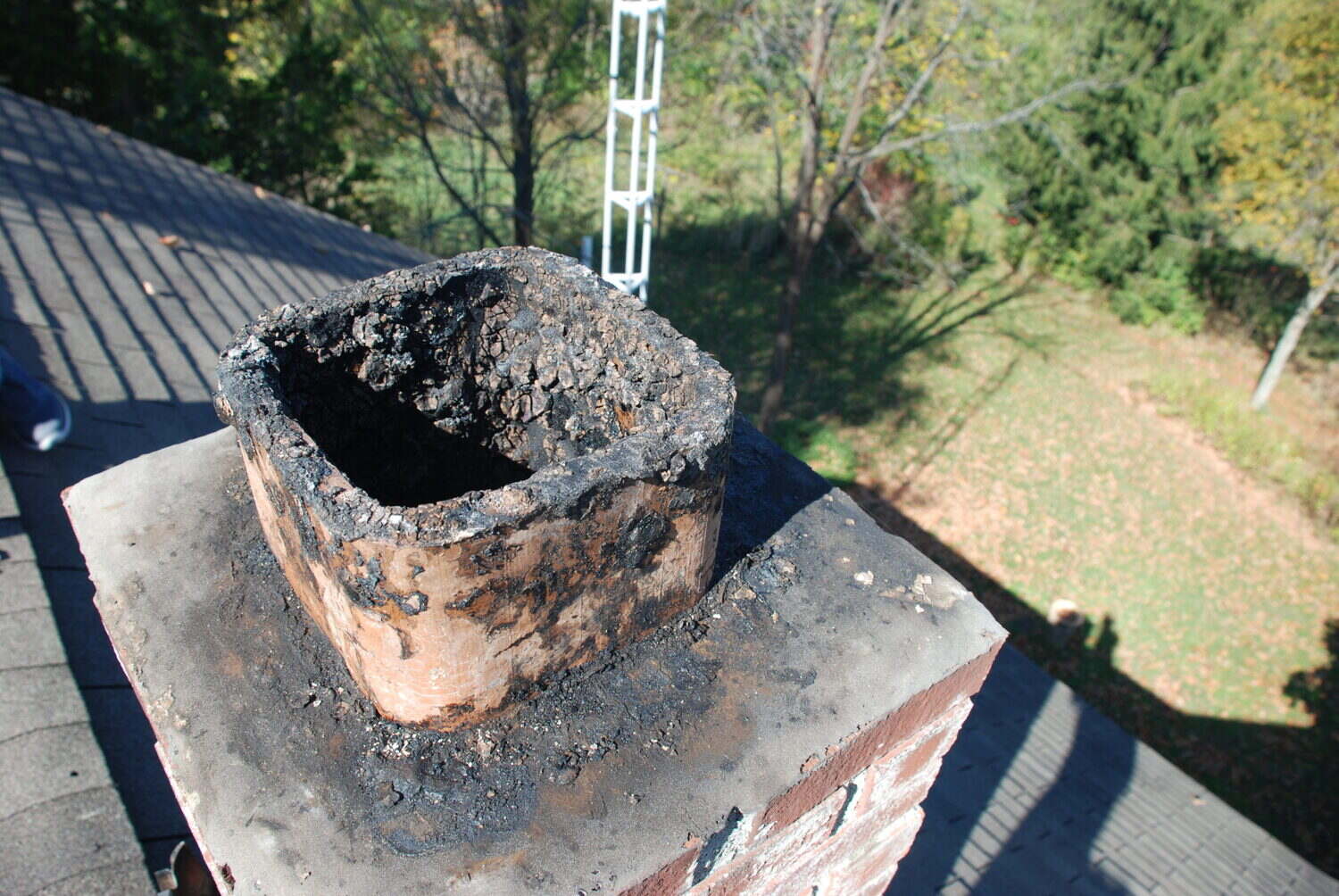

Articles
How To Get Creosote Out Of The Chimney
Modified: March 2, 2024
Learn effective methods for removing creosote buildup from your chimney with these informative articles. Prevent potential hazards and keep your home safe.
(Many of the links in this article redirect to a specific reviewed product. Your purchase of these products through affiliate links helps to generate commission for Storables.com, at no extra cost. Learn more)
Introduction
When it comes to maintaining a safe and efficient chimney, one of the most important tasks is removing creosote buildup. Creosote is a black, tar-like substance that forms as a result of incomplete combustion of wood in the chimney. Over time, this sticky residue can accumulate on the interior walls of the chimney, posing a serious fire hazard. If left unattended, creosote buildup can lead to chimney fires or blockages, reducing the chimney’s efficiency and potentially endangering the entire household.
In this article, we will explore the process of removing creosote from the chimney and share preventive measures to avoid future buildup. By understanding the signs of creosote accumulation, gathering the necessary tools and materials, and following the step-by-step guide provided, you will be equipped with the knowledge and confidence to maintain a safe and functional chimney.
Key Takeaways:
- Regular chimney inspections, proper airflow, and using dry firewood are crucial in preventing creosote buildup and maintaining a safe and efficient chimney.
- Understanding the stages of creosote buildup, recognizing signs of accumulation, and following a thorough cleaning process are essential for removing creosote from the chimney and preventing fire hazards.
Read more: How To Dispose Creosote From Chimney
Understanding Creosote Buildup
To effectively remove creosote from the chimney, it is essential to have a clear understanding of how it forms and why it poses a risk. Creosote is a byproduct of burning wood, particularly when combustion is incomplete. As the smoke rises through the chimney, it cools down and condenses on the interior walls, creating a layer of creosote.
Creosote can take different forms depending on its stage of accumulation. In the early stages, it appears as a light, flaky substance that can easily be removed with a chimney brush. However, if left unchecked, creosote can progress to a more dangerous stage. At this point, it becomes dark and sticky, adhering to the chimney walls and increasing the likelihood of a chimney fire.
There are three stages of creosote buildup:
- First Degree Creosote: This is the early stage of creosote accumulation and appears as a light, sooty layer. It can usually be brushed off with relative ease.
- Second Degree Creosote: At this stage, the creosote becomes stickier, forming a dense layer on the chimney walls. This stage requires more effort to remove and may require additional cleaning methods.
- Third Degree Creosote: This is the most dangerous stage of creosote buildup. It becomes highly flammable and can ignite at relatively low temperatures, increasing the risk of a chimney fire. Removing third degree creosote often requires professional chimney cleaning services.
Now that we have a better understanding of how creosote forms and progresses, it is crucial to be able to identify the signs of creosote accumulation in the chimney. By recognizing these signs early on, you can take appropriate action to ensure the safety and functionality of your chimney.
Signs of Creosote Accumulation in the Chimney
Identifying the signs of creosote accumulation in the chimney is essential for maintaining a safe and efficient fireplace. Here are some common indicators that creosote may be building up:
- Thick, black residue: If you notice a thick, black buildup on the walls of your chimney, it is likely creosote. This sticky substance can often be spotted with a flashlight or by shining light up the flue.
- Foul odor: Creosote has a distinctive, strong odor. If you detect a pungent and acrid smell coming from your chimney, it may be a sign of creosote buildup.
- Difficulty starting a fire: If you’re experiencing difficulty getting your fire to start or keep burning, it could be due to excess creosote in the chimney. The buildup can restrict airflow and interfere with the proper functioning of your fireplace.
- Excessive smoke: Excessive smoke production, even when the damper is open and the fire is properly fueled, is another potential sign of creosote accumulation. This occurs when the smoke cannot escape freely due to blockages caused by creosote buildup.
- Presence of chimney fires: If you’ve experienced a chimney fire in the past, it is likely that you have creosote buildup. Chimney fires can occur when the accumulated creosote ignites due to high temperatures or sparks.
If you observe any of these signs, it is crucial to address the issue promptly to prevent the risk of a chimney fire or other hazards. Regular inspections and cleanings are crucial for maintaining a safe and efficient chimney.
Tools and Materials Needed
Before embarking on the task of removing creosote from the chimney, it’s important to gather the necessary tools and materials. By having everything prepared in advance, you can work efficiently and effectively. Here are the essential tools and materials you will need:
- Chimney brush: A chimney brush is a specialized brush with sturdy bristles designed to clean the interior walls of the chimney. It is available in various sizes, so be sure to choose the brush that corresponds to the size of your chimney.
- Extension rods: Extension rods are necessary to attach to the chimney brush and reach the full length of the chimney. Make sure the rods are sturdy and long enough to reach from the fireplace to the top of the chimney.
- Protective gear: Cleaning the chimney can be a messy task, so wearing protective gear is essential. This includes safety goggles, gloves, and a dust mask to protect your eyes, hands, and respiratory system from soot and debris.
- Tarp or drop cloth: To protect your flooring and furniture from falling debris, it’s a good idea to lay down a tarp or drop cloth around the fireplace area.
- Flashlight: A flashlight will come in handy to illuminate the chimney and help you see any creosote buildup or blockages.
- Vacuum cleaner: A vacuum cleaner with a long hose attachment can be used to remove any loose creosote or soot that falls into the fireplace during the cleaning process.
- Bucket and scrub brush: A bucket and scrub brush will be useful for collecting and disposing of the creosote that is removed from the chimney.
By having these tools and materials ready, you will be well-prepared to tackle the task of removing creosote from your chimney. Remember to prioritize safety and follow proper cleaning techniques to ensure a successful and thorough cleaning process.
To get creosote out of the chimney, use a chimney cleaning log to break down the creosote or hire a professional chimney sweep for thorough removal. Regular chimney maintenance can also prevent creosote buildup.
Steps to Remove Creosote from the Chimney
Now that you have gathered the necessary tools and materials, it’s time to start removing creosote from your chimney. Follow these steps to ensure a thorough and safe cleaning process:
- Preparation: Start by putting on your protective gear, including goggles, gloves, and a dust mask, to protect yourself from the soot and debris. Place a tarp or drop cloth around the fireplace area to catch any falling debris.
- Inspect the chimney: Use a flashlight to carefully inspect the interior walls of the chimney. Look for any signs of creosote buildup, such as thick black residue or flaky deposits. Take note of any areas that require special attention.
- Attach the chimney brush: Securely attach the chimney brush to the extension rods. Make sure it is tightly affixed to prevent it from becoming loose during the cleaning process.
- Start brushing: Insert the chimney brush into the chimney and begin brushing the interior walls. Use a firm but gentle back-and-forth motion to dislodge the creosote buildup. Pay extra attention to areas where creosote is heavily accumulated.
- Scrub thoroughly: For areas with stubborn creosote deposits, you may need to scrub more vigorously using a bucket of warm water and a scrub brush. This will help break down and remove the sticky residue.
- Clean up: As you brush and scrub the chimney, debris and loose creosote will fall into the fireplace. Use a vacuum cleaner with a long hose attachment to clean up the debris. Dispose of the collected creosote in a sealed container.
- Repeat if necessary: If the chimney brush does not remove all the creosote in one round, you may need to repeat the process several times until the chimney walls are clean and free from residue.
- Final inspection: Once you are satisfied with the cleaning, use a flashlight to inspect the chimney one last time. Ensure that all creosote buildup has been removed and that the chimney walls are clean and clear.
Remember, if you are unsure or uncomfortable with cleaning the chimney yourself, it is always recommended to seek professional chimney cleaning services. They have the expertise and equipment to ensure a thorough and safe cleaning process.
Read more: How Does Creosote Build Up In Chimney
Preventing Creosote Buildup in the Future
Removing creosote from the chimney is an important task, but it is equally crucial to take preventive measures to avoid future buildup. By following these preventive tips, you can minimize the risk of creosote accumulation and maintain a safe and efficient chimney:
- Use dry, seasoned firewood: Burn only dry, seasoned firewood in your fireplace. Wet or green wood produces more smoke and increases the likelihood of creosote buildup. Properly seasoned firewood has a moisture content of around 20% or less.
- Ensure proper airflow: Adequate airflow is essential for efficient combustion and preventing creosote formation. Open the damper fully to allow proper ventilation while the fire is burning. Avoid closing it too soon after the fire has gone out to allow any residual smoke to escape.
- Regular chimney inspections: Schedule professional chimney inspections at least once a year. A certified chimney sweep can identify any potential issues, like creosote buildup or blockages, and address them before they become a serious problem. They can also perform a thorough cleaning if necessary.
- Install a chimney cap: A chimney cap serves as a protective barrier, preventing animals, debris, and excess moisture from entering the chimney. It also helps to reduce downdrafts that can contribute to creosote formation.
- Monitor chimney temperature: Keep an eye on the temperature of your chimney. Excessive smoke or extremely high temperatures can indicate a problem with airflow or excessive creosote buildup. If you notice any abnormalities, consult with a professional chimney sweep.
- Consider a chimney liner: A chimney liner provides an extra layer of protection against creosote buildup. It helps to improve the draft, reduce heat transfer to combustible materials, and makes cleaning easier.
- Regular chimney maintenance: In addition to annual inspections, regularly clean out the fireplace to remove ash and debris. Keep the area around the fireplace clean and free from combustible materials.
By following these preventive measures, you can significantly reduce the risk of creosote accumulation in your chimney. This will not only enhance the safety of your home but also prolong the lifespan and efficiency of your fireplace.
Conclusion
Proper maintenance of your chimney, including the regular removal of creosote buildup, is vital for ensuring the safety and efficiency of your fireplace. Creosote, a byproduct of burning wood, can accumulate on the chimney walls and pose a serious fire hazard if left unattended. By understanding the stages of creosote buildup, recognizing the signs of accumulation, and taking the necessary steps to remove it, you can mitigate the risk of chimney fires and maintain a functional chimney.
In this article, we discussed the importance of understanding creosote buildup and how it progresses through different stages. We also identified the common signs of creosote accumulation in the chimney, such as thick black residue, foul odor, difficulty starting a fire, excessive smoke, and previous chimney fires. Recognizing these signs early on allows you to take corrective measures promptly.
We explored the tools and materials needed for safely removing creosote from the chimney, including a chimney brush, extension rods, protective gear, a tarp or drop cloth, flashlight, vacuum cleaner, and a bucket with a scrub brush. These resources help you effectively and efficiently clean the chimney.
Moreover, we outlined the step-by-step process of removing creosote from the chimney, emphasizing the importance of thorough brushing and scrubbing while ensuring proper cleanup. It is crucial to repeat the process if necessary and conduct a final inspection to ensure the chimney walls are free of creosote residue.
Finally, we discussed the preventive measures that can be taken to minimize creosote buildup in the future. These include using dry, seasoned firewood, ensuring proper airflow, scheduling regular chimney inspections, installing a chimney cap, monitoring chimney temperature, considering a chimney liner, and maintaining regular chimney maintenance.
By implementing these preventive measures and performing regular chimney maintenance, you can significantly reduce the risk of creosote accumulation and maintain a safe and efficient chimney for years to come.
Remember, if you are uncertain about removing creosote yourself or if you have a heavily accumulated buildup, it is advised to seek professional chimney cleaning services. They have the expertise and equipment necessary to handle the task safely and effectively.
By prioritizing chimney maintenance and taking a proactive approach, you can enjoy the warmth and beauty of your fireplace with peace of mind, knowing that you have taken the necessary steps to maintain a safe and functional chimney.
Frequently Asked Questions about How To Get Creosote Out Of The Chimney
Was this page helpful?
At Storables.com, we guarantee accurate and reliable information. Our content, validated by Expert Board Contributors, is crafted following stringent Editorial Policies. We're committed to providing you with well-researched, expert-backed insights for all your informational needs.
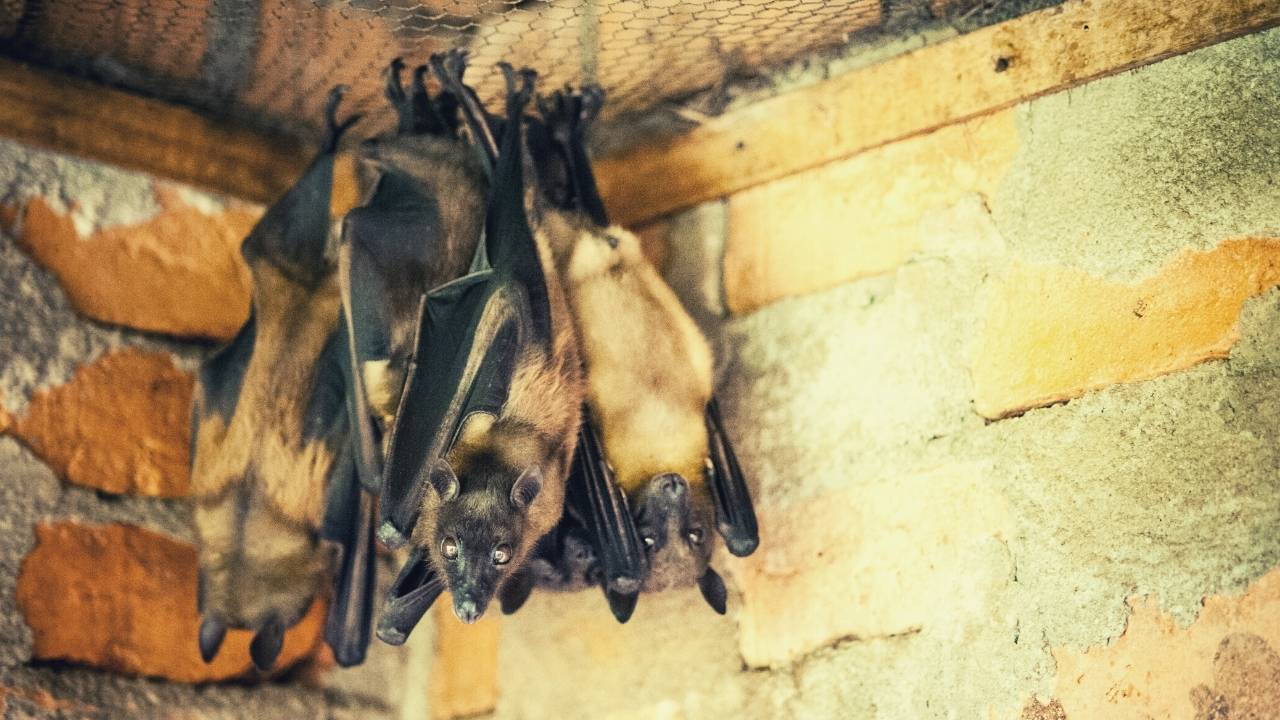
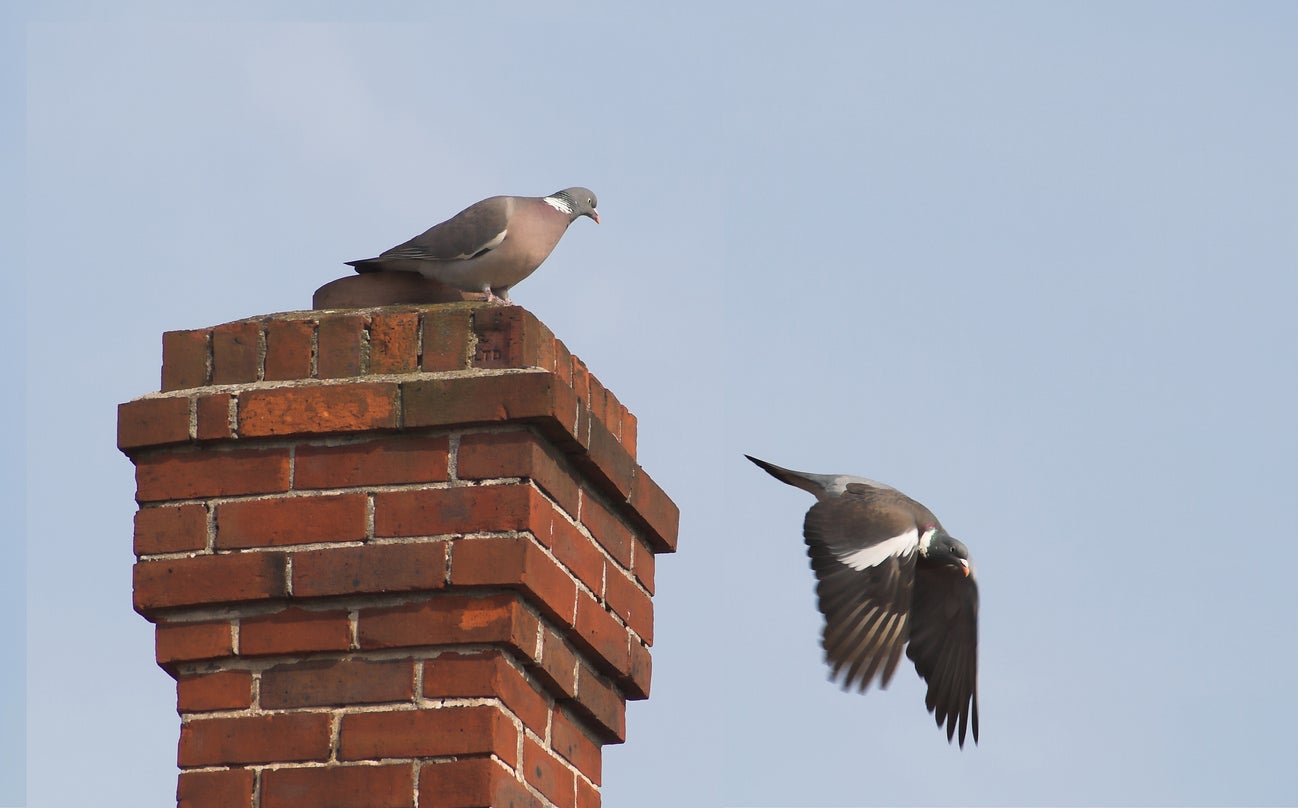

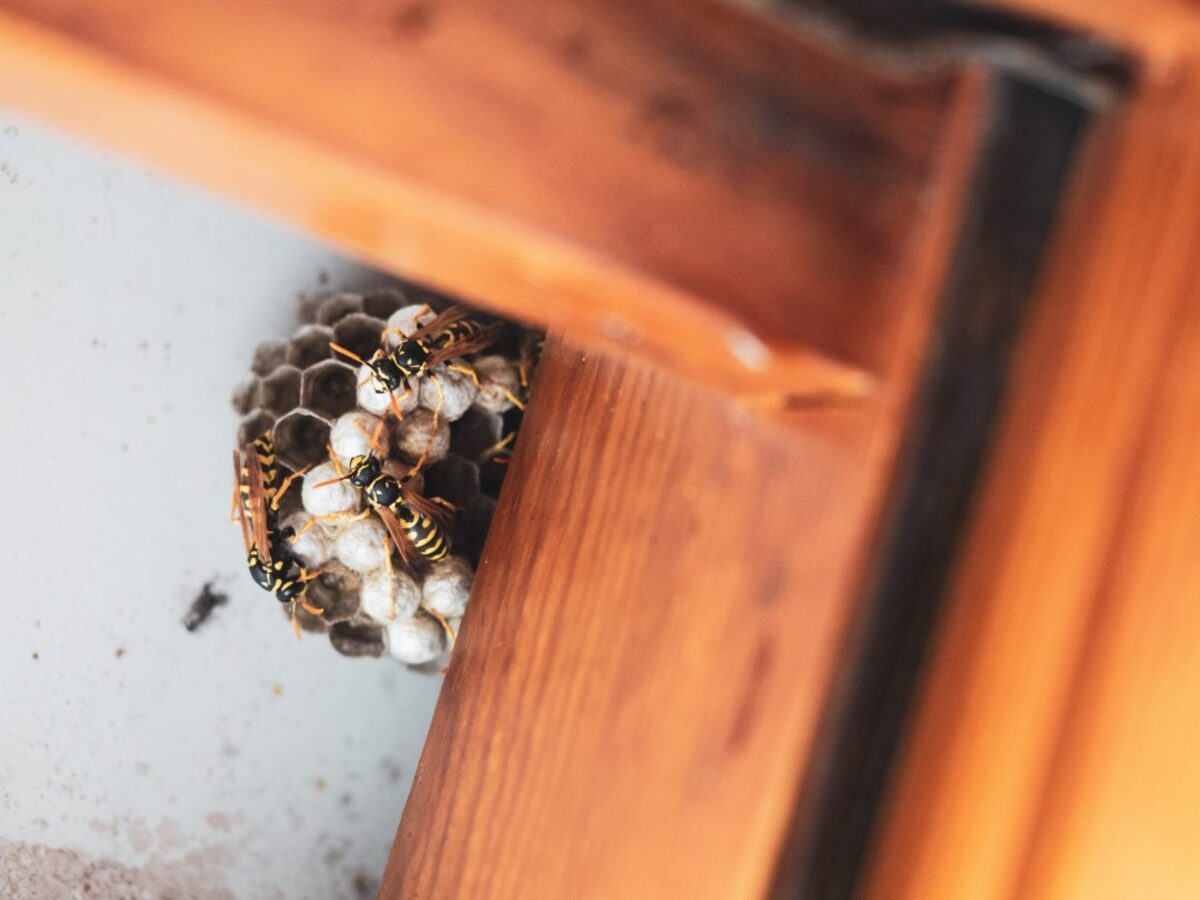
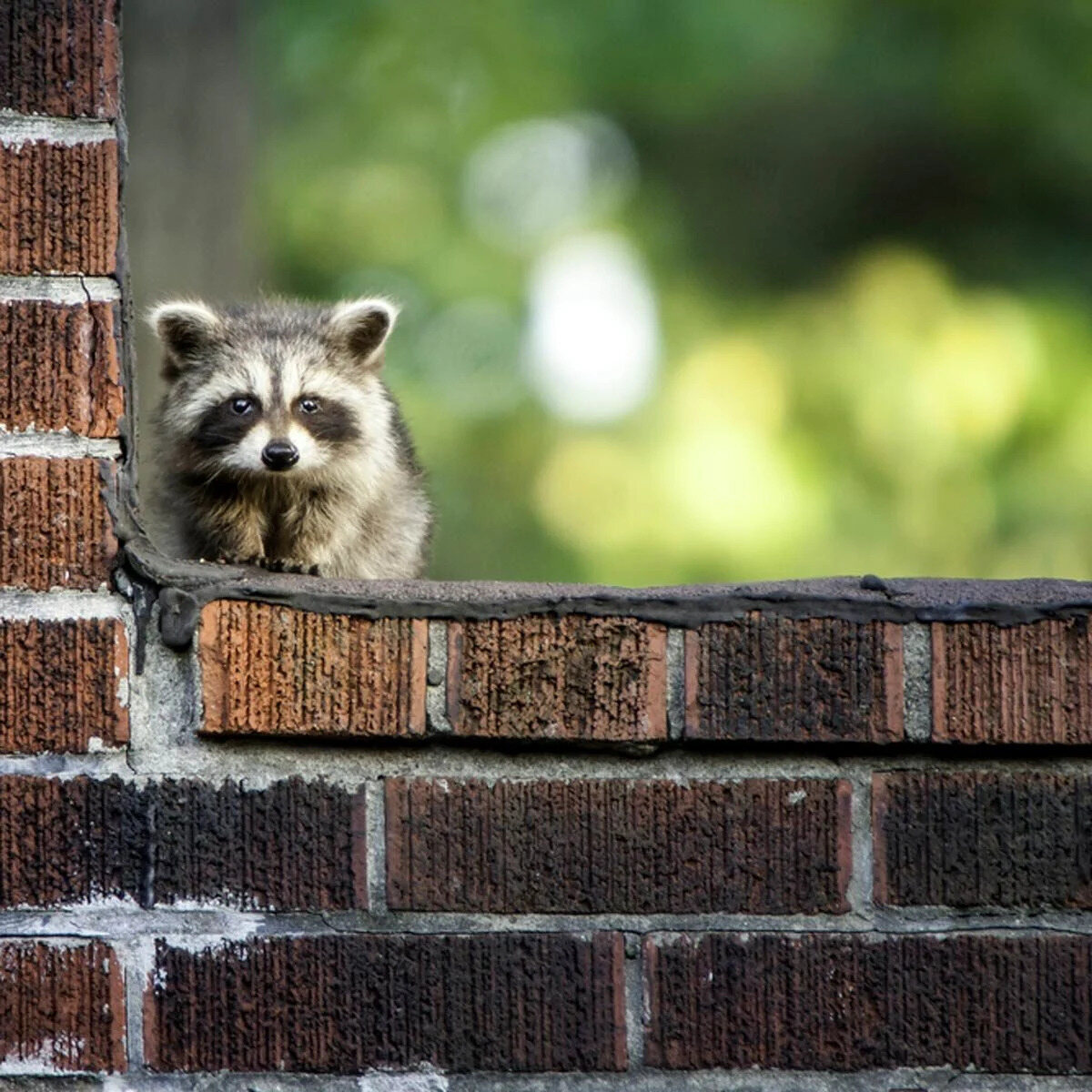

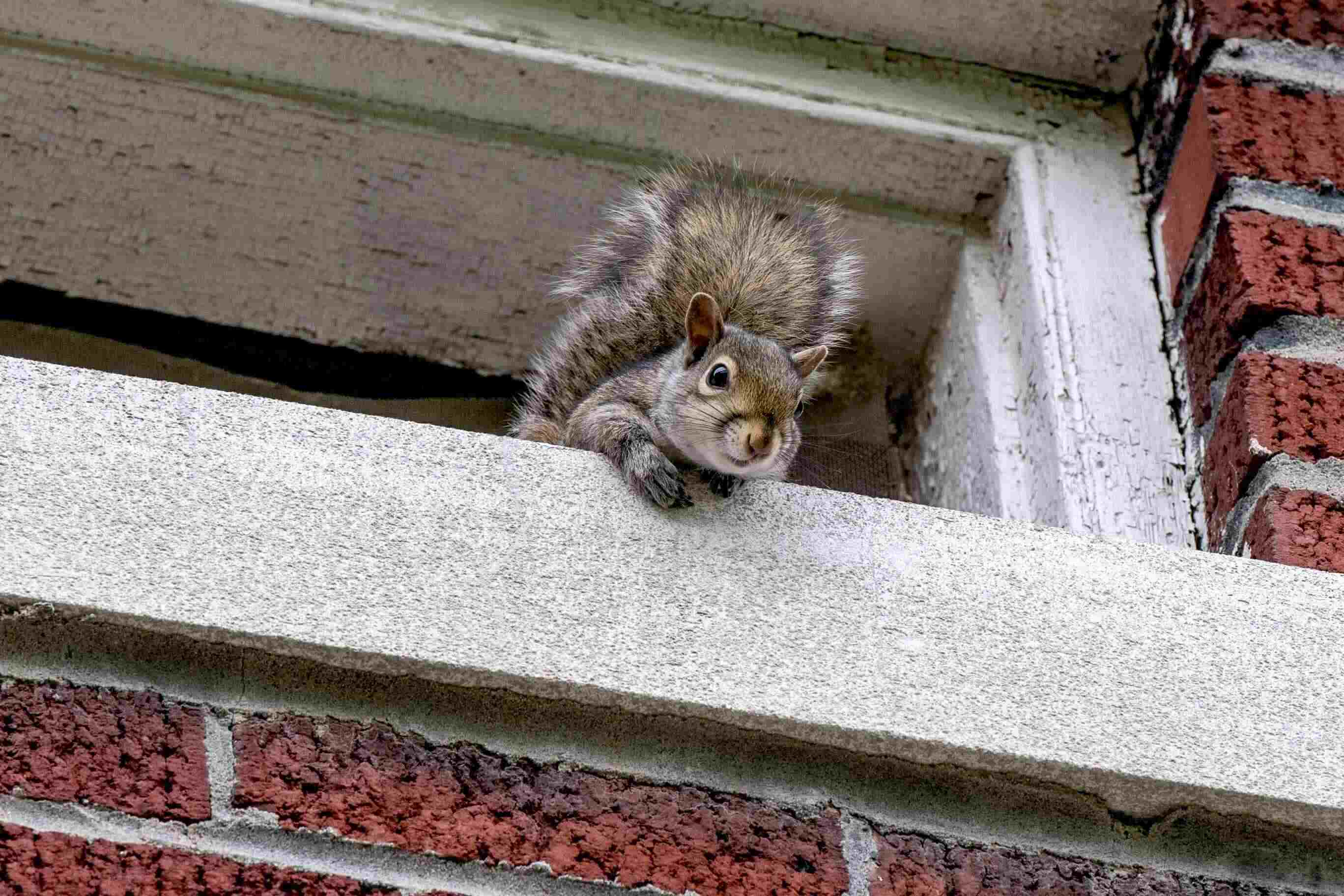
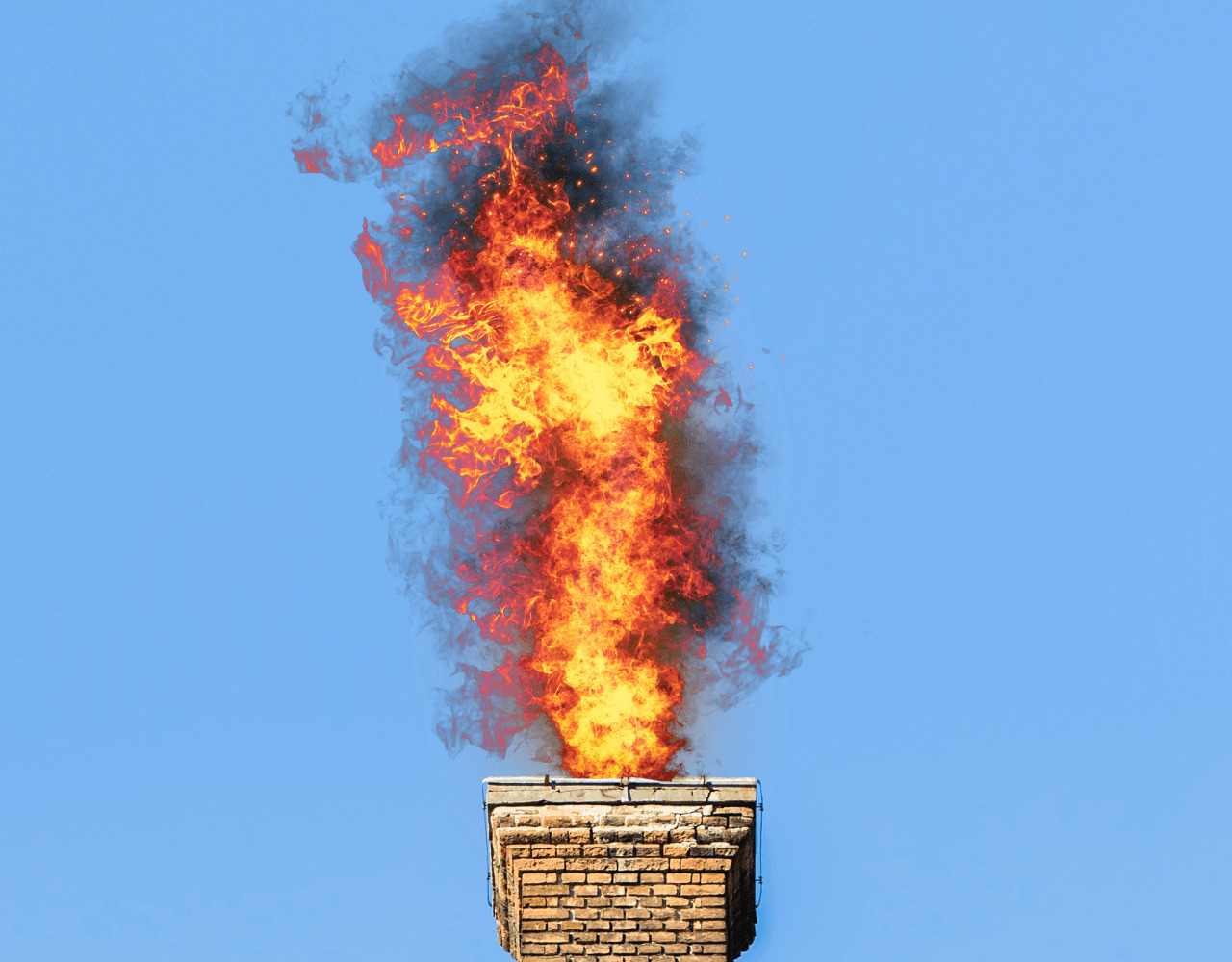
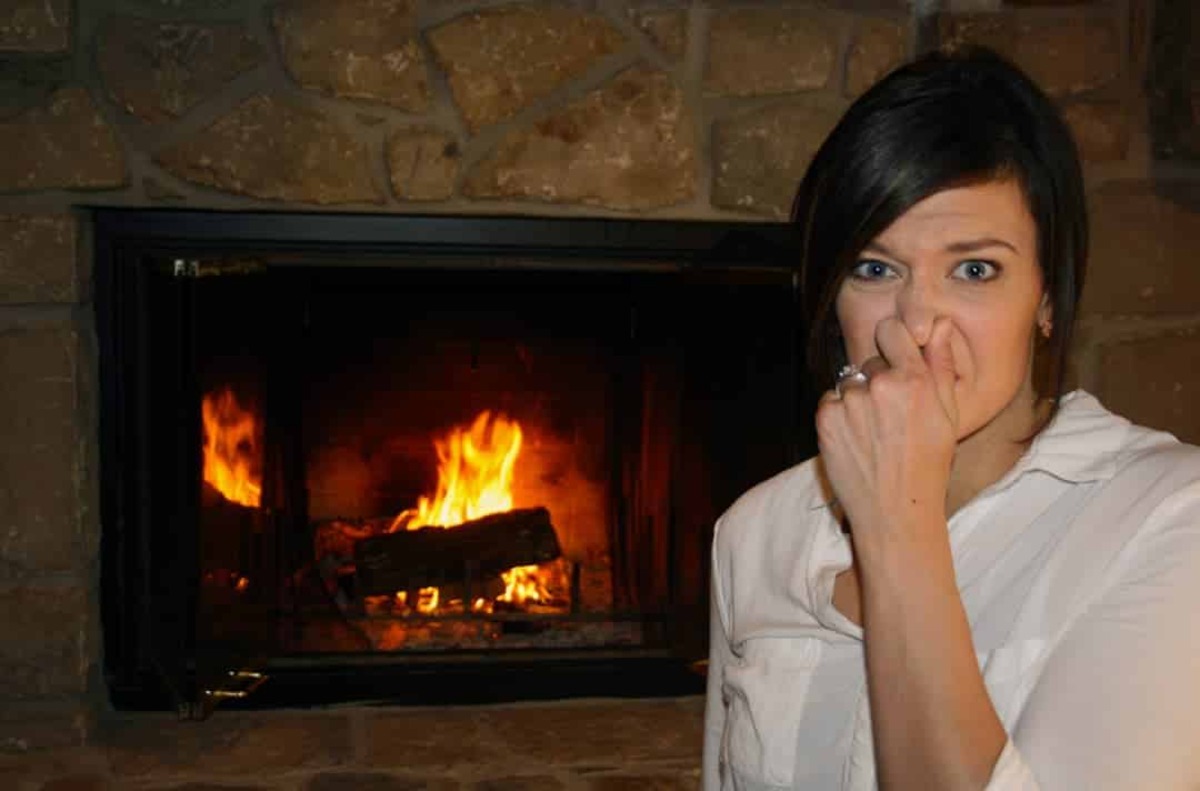
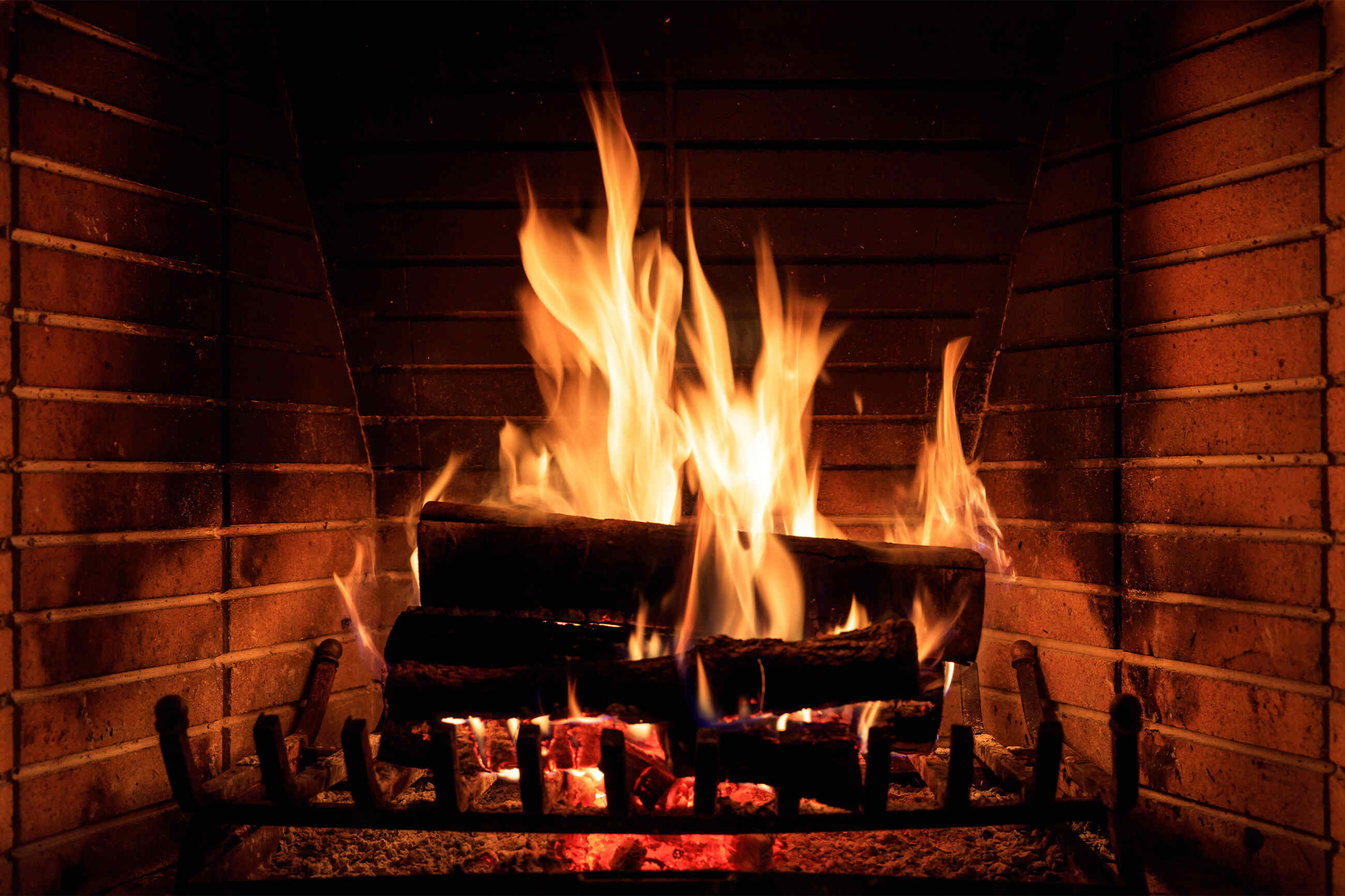

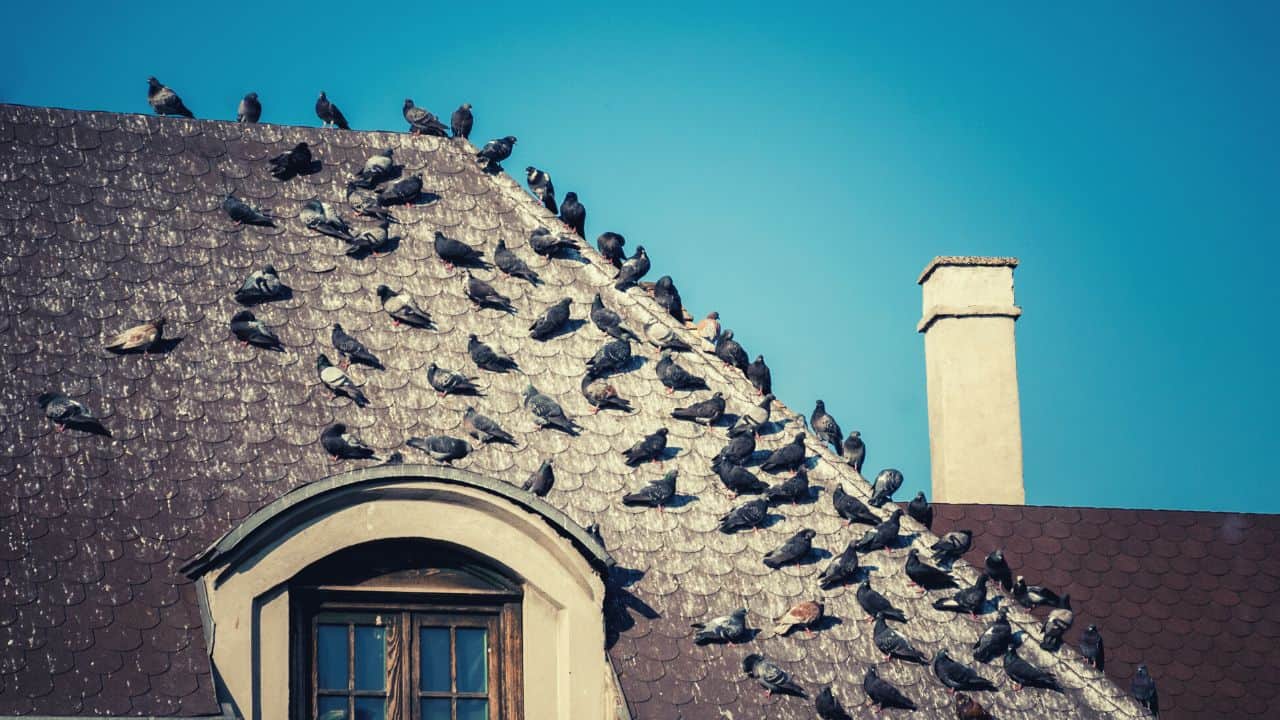
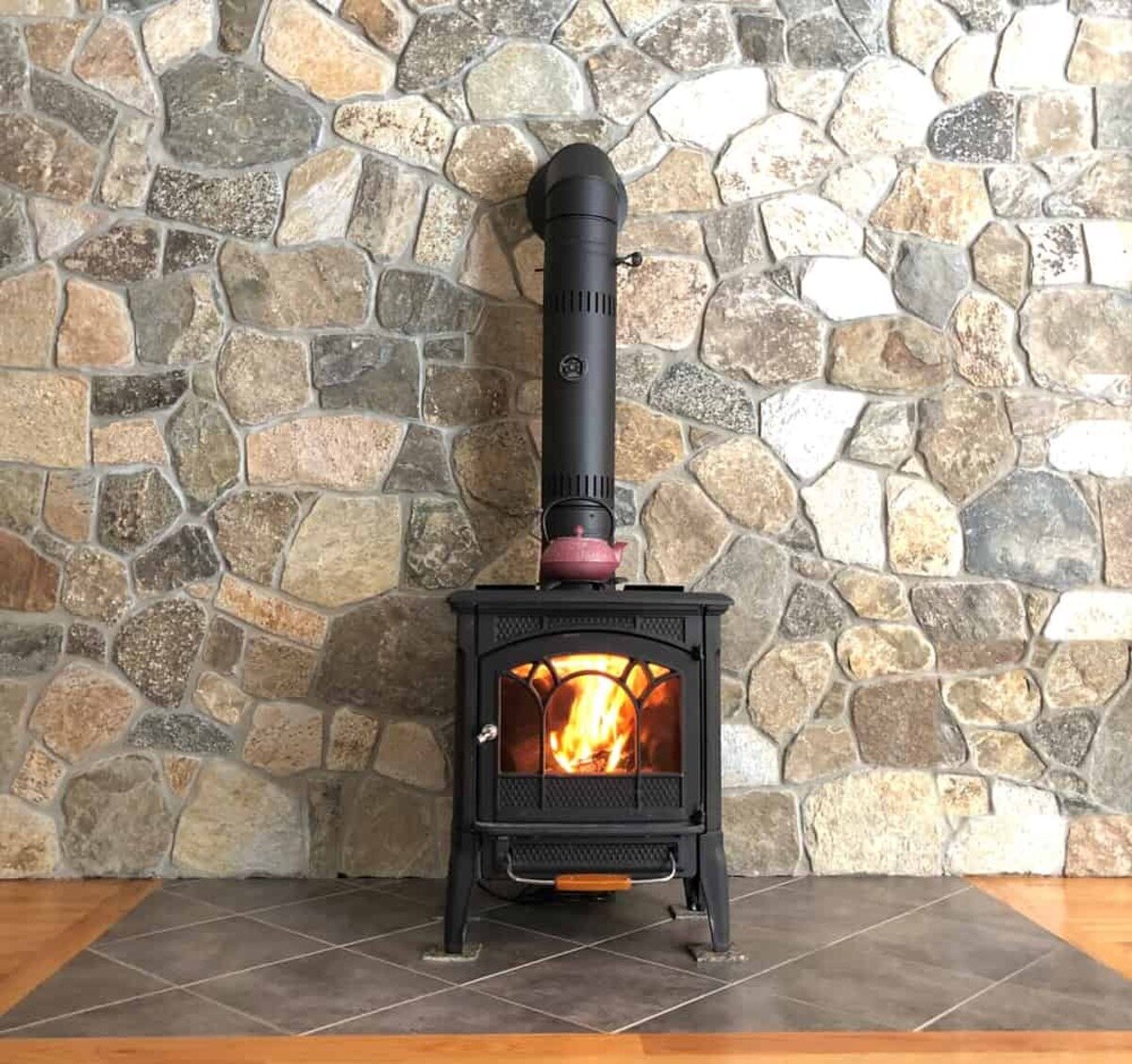
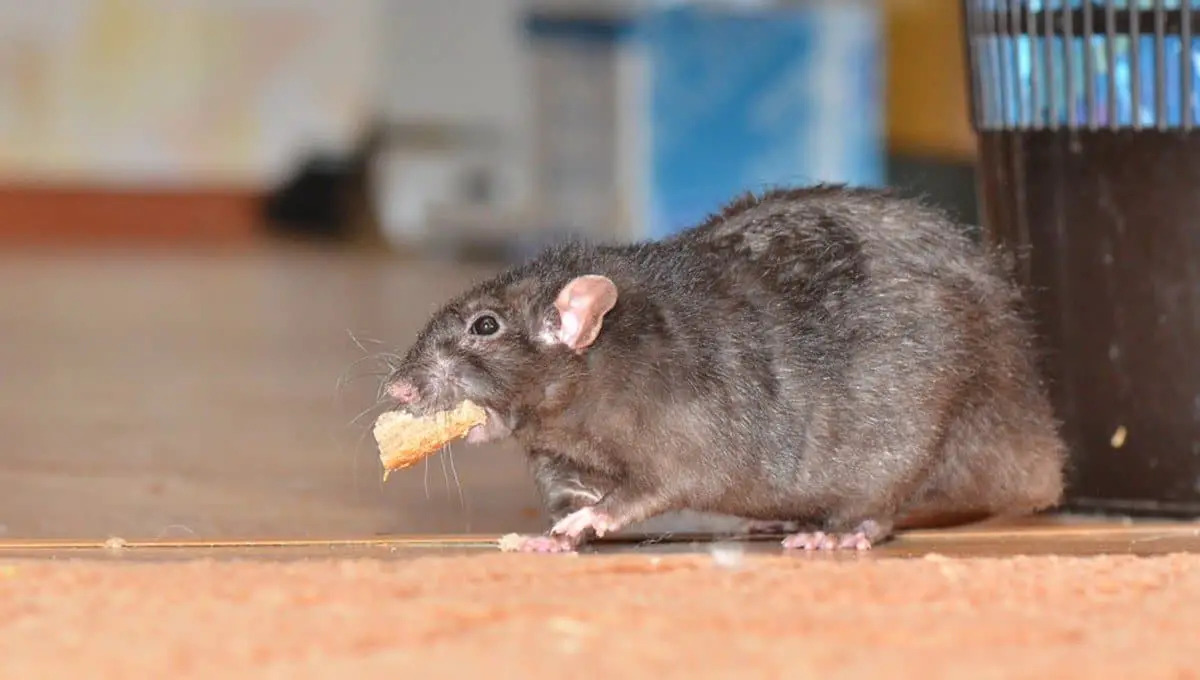

0 thoughts on “How To Get Creosote Out Of The Chimney”